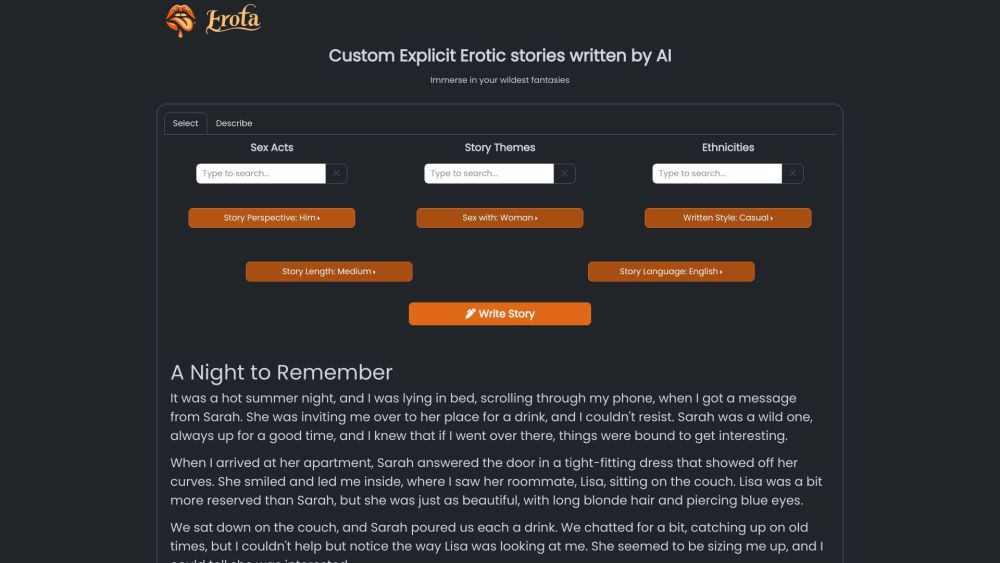Researchers at the Stanford Internet Observatory have discovered that a dataset used for training AI image generation tools contains at least 1,008 validated instances of child sexual abuse material (CSAM). They warn that AI models trained on this dataset could potentially generate new, realistic instances of CSAM.
LAION, the non-profit organization that created the dataset, stated that it has a zero-tolerance policy for illegal content. To ensure safety, they are temporarily taking down the LAION datasets before republishing them. LAION claims to have implemented filters to detect and remove illegal content before the initial publication; however, the issue of CSAM detection has been a known concern since at least 2021, as the organization reviewed billions of images sourced from the internet.
Previous reports indicate that the LAION-5B dataset contains millions of problematic images, including pornography, violence, child nudity, and hate symbols, alongside over 5 billion images and descriptive captions. Notably, LAION founder Christoph Schuhmann admitted earlier this year that although he was unaware of any CSAM in the dataset, he had not rigorously examined the data.
Due to legal restrictions on viewing CSAM for verification, Stanford researchers utilized various techniques to identify suspected CSAM. Their findings included 3,226 entries, with many confirmed by third parties like PhotoDNA and the Canadian Centre for Child Protection.
Stability AI founder Emad Mostaque trained the Stable Diffusion model using a subset of LAION-5B data. Although the initial research version of Google's Imagen model was based on LAION-400M, subsequent iterations do not use LAION datasets. A spokesperson from Stability AI stated that their systems prohibit generating or editing CSAM, emphasizing that their models trained on LAION-5B were filtered for safety.
The newer Stable Diffusion 2 significantly reduced 'unsafe' content in its training data, making it more challenging for users to create explicit images. However, concerns remain regarding Stable Diffusion 1.5, which lacks these protections. The Stanford paper's authors recommend that models based on Stable Diffusion 1.5, without safety measures, should be deprecated and their distribution halted where possible.






